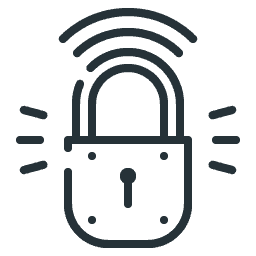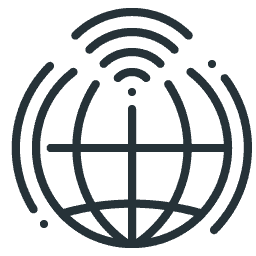The Essentials of Cyber Security Testing
Performance testing is a crucial aspect of software development aimed at assessing how a system behaves under particular conditions. It involves evaluating various performance metrics such as response time, throughput, and resource utilization to ensure that the software meets expected performance standards.
Ensuring Initial Viability
Smoke testing, a fundamental part of software testing, involves running basic tests on a newly developed software build to ascertain its initial viability. It aims to verify that the most critical functionalities are working correctly, typically without delving into comprehensive testing scenarios.
Optimizing User Experience
Pushes the system beyond its normal operating capacity to assess its stability and robustness. It helps identify the breaking point and potential failure scenarios under extreme conditions.
Testing System Capacity for Increased Workloads
Evaluates the system's ability to handle increasing workload by adding resources such as CPU, memory, or storage. It ensures that the system can scale effectively to accommodate growing user demands.
With integrated cyber security services, our proven worldwide expertise helps you transform safely.

Attack surface unknown

Regulatory Compliance

Rapid digital transformation

Emerging threat landscape
Your frequently asked questions Answered
Today’s primary cybersecurity threats facing businesses include phishing attacks, ransomware, insider threats, data breaches, and advanced persistent threats (APTs). These threats exploit systems, networks, and human behavior vulnerabilities to gain unauthorized access to sensitive information or disrupt business operations. To stay updated on the latest cyber threats and security measures, organizations can refer to reputable cyber security sites and monitor real-time threat intelligence to defend against today’s evolving attack landscape proactively.
Considering the evolving nature of cybersecurity threats, a cybersecurity audit is a proactive step toward fortifying your organization’s defenses. It helps identify security gaps, weaknesses, and vulnerabilities in your systems and processes and provides valuable insights into your compliance status with industry regulations like GDPR or PCI DSS. Our tailored recommendations empower you to avoid potential threats, ensuring your organization’s security and compliance.
It’s equally important to maintain regular security measures. Implementing robust security controls such as firewalls, antivirus software, and intrusion detection systems is a must to protect against malware and unauthorized access. Regular security awareness training for employees is crucial in preventing phishing attacks and ensuring they follow best practices for password management and data protection. Employing multi-factor authentication (MFA) and encryption techniques enhances the security of sensitive data both at rest and in transit. Regularly updating software and systems with security patches and conducting vulnerability assessments are critical measures to mitigate cyber threats effectively.






